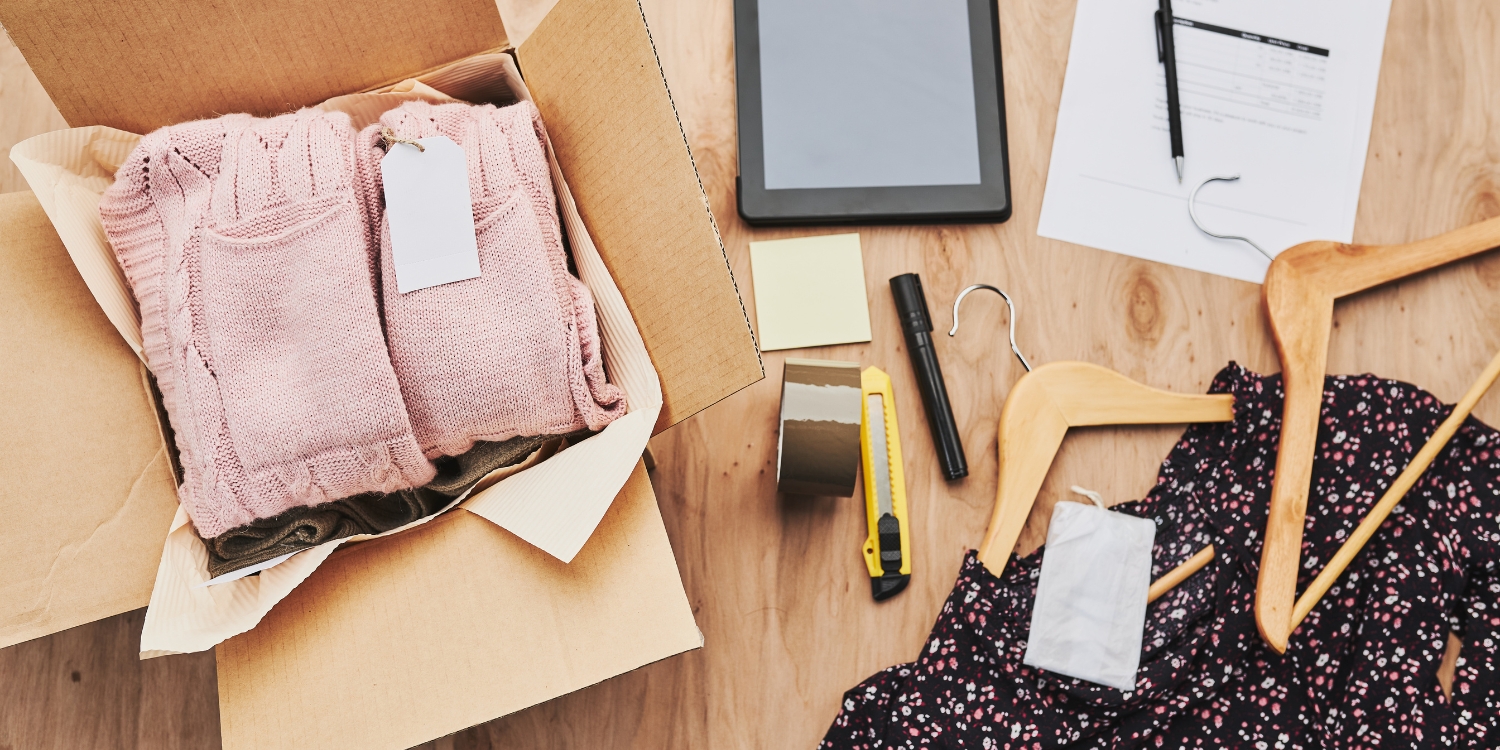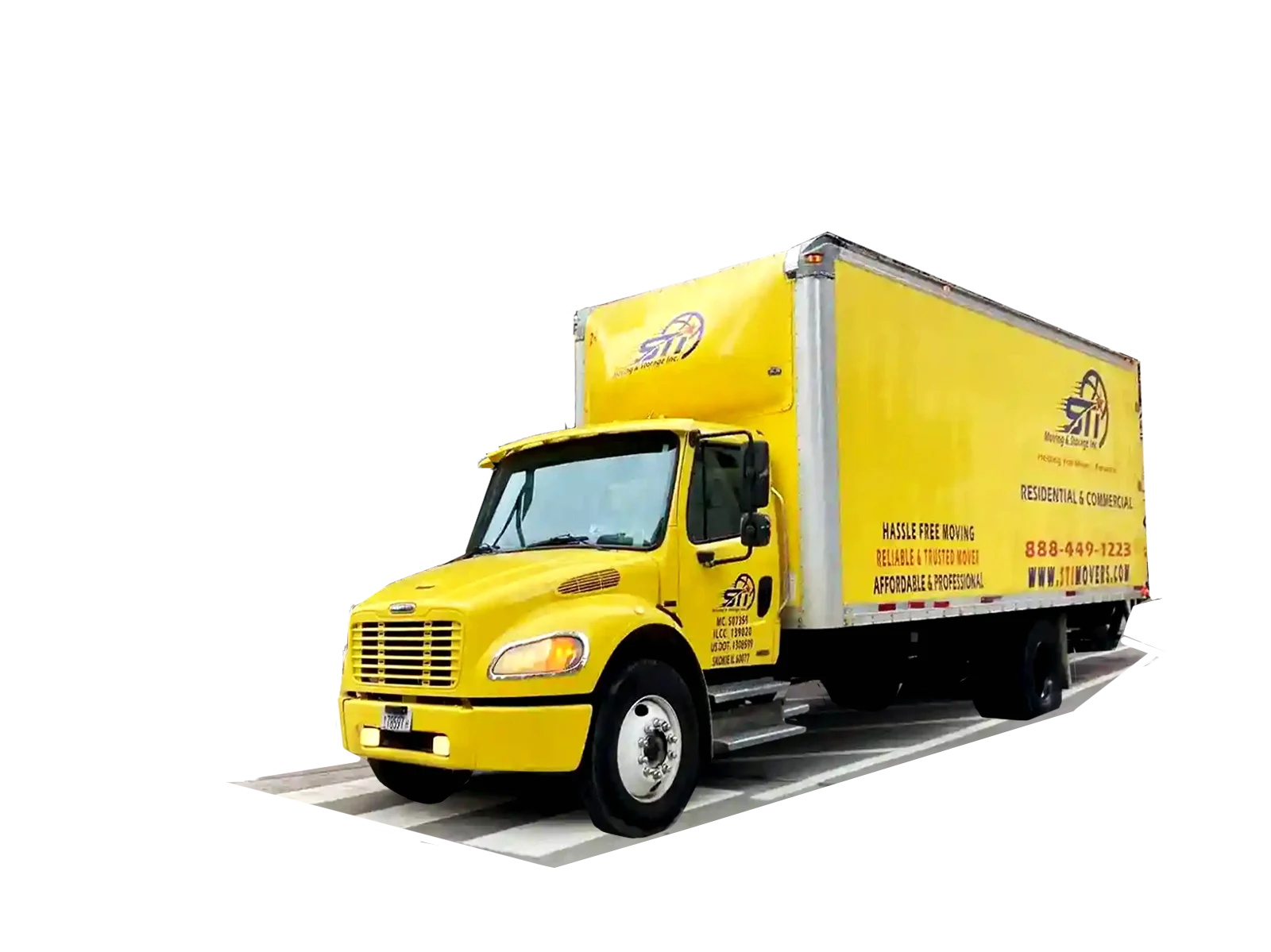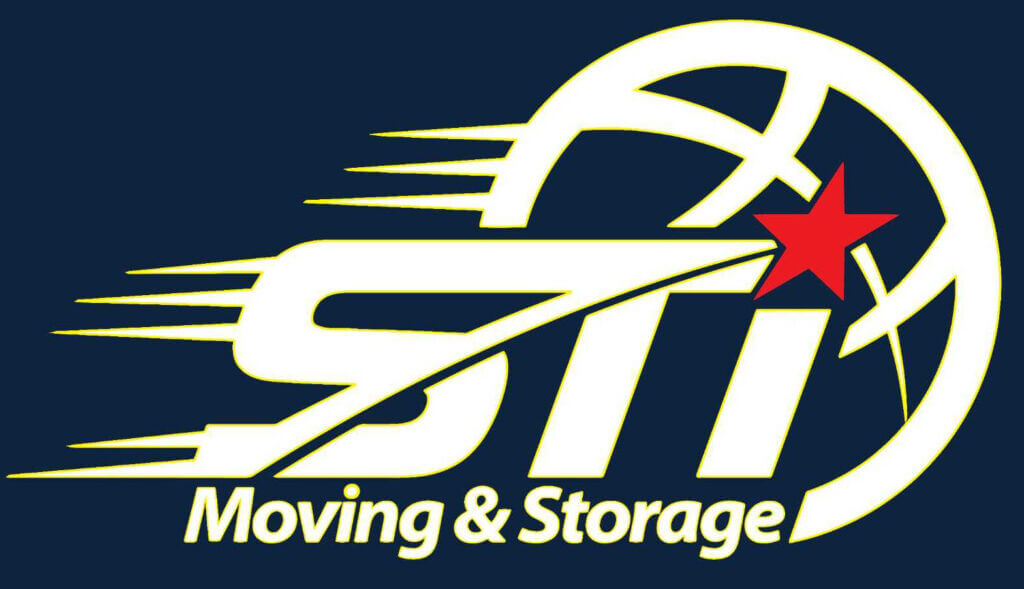Moving to a new home is an exciting but often overwhelming experience, and packing services in Phoenix can make packing clothes one of the easiest tasks. Properly packing your wardrobe saves time, space, and ensures your clothes arrive in good condition.
Whether you’re dealing with delicate fabrics, bulky jackets, or everyday wear, knowing the right techniques can make a big difference. For more tips, check out our blog on packing hacks to ensure an efficient move.
Start by Sorting and Decluttering Your Wardrobe
The first step in preparing to pack is to declutter your wardrobe. Sorting through your clothes not only reduces stress during the move but also ensures that you’re only bringing what you need to your new home.
For those planning to move locally, our local movers service can make this process even smoother.
Why Decluttering Is Essential Before Packing
Decluttering helps you:
- Save space by removing items you no longer need.
- Reduce unpacking stressby packing only essential clothing.
- Save time and effortwhen unpacking by eliminating unnecessary items.
If you’re planning a long-distance move, our long-distance movers ensure your belongings are handled with care.
How to Decide What to Keep, Donate, or Sell
- Keep: Items you wear regularly and that are in good condition.
- Donate: Clothes that no longer fit or that you don’t wear.
- Sell: High-quality items in great condition that you no longer want.
By evaluating your clothing, you reduce the volume of what you need to pack, making the entire process more manageable.
Choose the Right Packing Materials
Choosing the right materials ensures your clothes stay protected and organized throughout the move. Our professional packing services in Phoenix provide all the materials needed for a seamless experience.
Benefits of Using Wardrobe Boxes for Hanging Clothes
Wardrobe boxes are a great option for keeping hanging clothes wrinkle-free. They come with a built-in bar to transfer your clothes directly from your closet. Benefits include:
- Wrinkle-free packingfor delicate items like suits and dresses.
- Space efficiency, as they allow you to fit many garments in a small area.
- Protection for delicate fabricslike silk or wool.
For apartment residents, our apartment movers handle even the tightest spaces efficiently.
Suitcases, Duffel Bags, and Plastic Bins: Which One Is Best?
Each container has its pros and cons:
- Suitcases: Ideal for folded clothes, shoes, and accessories.
- Duffel Bags: Space-saving for soft, foldable items like T-shirts.
- Plastic Bins: Great for long-term storage and seasonal clothes, offering protection from moisture and pests.
How to Use Vacuum-Seal Bags for Space-Saving
Vacuum-seal bags are perfect for bulky items like jackets and sweaters. They help:
- Maximize spaceby compressing clothes.
- Protect against moisture and pestsby sealing them tightly.
- Organize clothesfor long-term storage.
Effective Packing Techniques for Clothes
Packing clothes efficiently is crucial for maintaining their condition and minimizing space. If you need help with same-day packing and moving, our same-day movers service can be a lifesaver.
The Best Way to Pack Hanging Clothes without Wrinkles
- Wardrobe boxesallow you to hang clothes directly from your closet to avoid wrinkles.
- Garment bagsprovide extra protection for delicate items like dresses and suits.
How to Fold Clothes Efficiently to Maximize Space
- KonMari method: Fold clothes into compact rectangles that stand up on their own.
- Fold flatto reduce wrinkles and save space.
- Organize by typeto make unpacking easier.
Rolling vs. Folding: Which Method Saves More Space?
-
- Rolling: Saves space and minimizes wrinkles for casual clothes like T-shirts and jeans.
- Folding: Keeps the structure of dress shirts, blazers, and formalwear.
Using both methods as needed maximizes space and keeps clothes in good condition.
How to Protect Delicate and Valuable Items
Certain fabrics and valuable garments require extra care during the move. With our expert packing services in Phoenix, your delicate items are always safe.
Packing Sensitive Fabrics with Garment Bags
Garment bags offer protection for delicate fabrics like silk and wool. They:
- Prevent dust, dirt, and moisture.
- Keep clothes wrinkle-freeduring transit.
- Allow air circulationto prevent odors.
Using Tissue Paper and Bubble Wrap for Extra Protection
- Tissue paperhelps maintain the shape of garments, such as dresses or suits.
- Bubble wrapis ideal for fragile items with delicate details like embroidery or beading.
Using these materials together ensures delicate items stay in top condition during the move.
Maximize Space in Your Moving Boxes
Efficiently using every inch of space is key to reducing the number of boxes needed and protecting your items.
Packing Shoes: Smart Tips to Save Space and Prevent Damage
- Stuff shoeswith socks or small items to maintain shape.
- Use shoe boxes or bagsfor protection.
- Pack heels carefullyby supporting them with soft materials.
How to Use Empty Spaces (Inside Shoes, Pockets, etc.)
- Stuff shoes and pocketswith accessories, jewelry, or socks to make the most of available space.
- Use clothing as cushioningaround fragile items to avoid the need for extra packing materials.
Organizing and Packing Accessories Efficiently
- Belts and scarves: Loop belts through pants or pack them in shoes to save space.
- Jewelry: Use small pouches or pill bottles to keep jewelry organized.
- Handbags: Stuff handbags with smaller items to help them maintain their shape.
Label and Organize Your Clothing Boxes
Proper labeling ensures you can find what you need when you arrive at your new home. Whether it’s an office move or a residential one, our office movers and packing teams ensure everything stays organized.
Why Clear Labels Matter for Easy Unpacking
- Efficient unpacking: Labels help you identify the contents quickly.
- Avoid mix-ups: Ensures boxes are placed in the right rooms.
- Reduces stress: Helps you stay organized and find clothes easily.
How to Label Boxes for Different Rooms
- Label by room: Use clear descriptions like “Winter Coats” or “Dress Shirts.”
- Color-codeboxes by room for quicker identification.
- Create an inventory listto track what’s inside each box.
Pack a Moving Essentials Bag
Your essentials bag contains the clothing and personal items you’ll need for easy access during the move.
Key Clothing Items to Pack for Easy Access during the Move
- Comfortable clothes: Wear easy-to-move-in outfits like leggings or a T-shirt.
- Weather-appropriate layers: Pack a jacket or sweater for temperature changes.
- Sturdy shoes: Comfortable, slip-resistant shoes for moving day.
- Pajamas and undergarments: Fresh clothes for a comfortable evening.
What to Include in Your Moving Day Wardrobe
- Extra outfit: Change into something clean after the move.
- Dress clothes: Pack work or event attire if needed after the move.
- Toiletries: Keep your personal care items handy for the day.
Tips for Unpacking and Setting Up Your Clothes in Your New Home
Once you’ve arrived, the next step is unpacking and setting up your wardrobe. For those in a hurry, same-day movers can assist with quick, efficient setups.
How to Unpack Your Clothes Quickly and Efficiently
- Start with essentials: Unpack your moving essentials bag first.
- Prioritize wardrobe boxes: Hang your clothes in the closet as soon as possible.
- Unpack by category: Tackle one clothing type at a time for efficiency.
- Set up a temporary area: If your closet isn’t ready, create a temporary space to store folded clothes.
Best Practices for Organizing Your Closet after a Move
- Group clothes by category: Organize by type (shirts, pants, dresses) or season.
- Utilize closet organizers: Use shelf dividers and bins to maximize space.
- Store seasonal clothes separately: Keep out-of-season items in bins or vacuum-seal bags.
By following these steps, you can ensure your clothes are well-organized, protected, and easily accessible during your move and after you’ve settled into your new home.
FAQs
How can I prevent my clothes from getting wrinkled during a move?
To prevent wrinkles, use wardrobe boxes for hanging clothes, which allow garments to stay on hangers during the move.
For folded clothes, use the KonMari folding method or rolling technique to minimize creases. Additionally, consider packing delicate items in garment bags for extra protection.
Can I use regular boxes to pack my clothes, or should I invest in wardrobe boxes?
While regular boxes can work for folded clothes, wardrobe boxes are a great investment if you have a lot of hanging garments.
They help prevent wrinkles and keep clothes organized. If you’re moving a mix of both, regular boxes can be used for folded items, while wardrobe boxes are best for delicate or formal wear.
What should I do with shoes when packing them for a move?
To save space and protect shoes, stuff them with socks, scarves, or other small items to maintain their shape. For extra protection, use shoe boxes or pouches to keep them clean and organized. For high heels or delicate shoes, wrap them in bubble wrap to prevent damage.
How do I know what clothes to keep, donate, or sell before moving?
Start by reviewing each item and asking yourself if you wear it regularly, if it fits well, and if it’s in good condition.
Keep the items you wear often, donate clothes that no longer fit or are rarely worn, and sell items that are still in good condition but no longer suit your style. This will help you reduce packing volume and make the move less stressful.
Should I pack a moving essentials bag with clothes?
Yes, packing a moving essentials bag with key clothing items like comfortable clothes, pajamas, and a set of dress clothes for the first day at your new home is essential. This ensures you have everything you need without having to rummage through boxes during the chaos of moving day.




